Most people come to Siem Reap with one temple on their mind: the mighty Angkor Wat. And rightfully so—it’s stunning, iconic, and deserves its world fame. But focusing only on that single temple is like visiting Paris and only seeing the Eiffel Tower. You’d miss out on countless other architectural gems scattered throughout this incredible region.
The Angkor Archaeological Park alone contains over 1,000 temples, and the wider Siem Reap area houses even more ancient wonders. Some are grand and imposing, others are intimate and mysterious, and many offer the kind of peaceful, crowd-free exploration that makes you feel like a modern-day adventurer.
Here is a list of 19 remarkable temples that showcase the incredible diversity and artistry of Khmer architecture while offering experiences quite different from the main attraction.
Banteay Srei
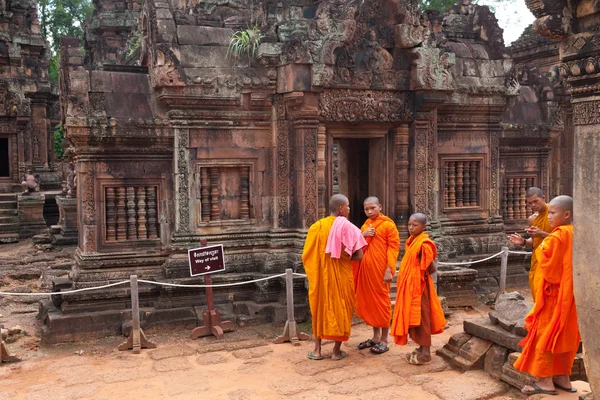
This petite temple packs more artistic punch per square foot than any other site in Cambodia. Built from pink sandstone in the 10th century, Banteay Srei earns its nickname as the ‘Ladies’ Temple’ through incredibly intricate carvings that seem almost too delicate for stone.
The bas-reliefs here are so detailed that you can make out individual eyelashes on the dancing apsaras.
Ta Prohm
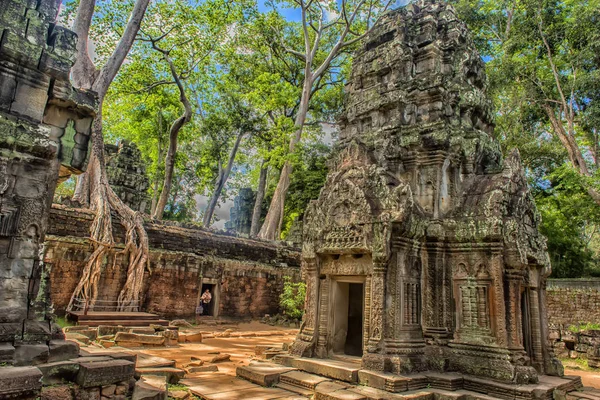
Nature lovers will find their paradise at this jungle temple where massive tree roots embrace ancient stone like old friends refusing to let go. Ta Prohm became famous as the ‘Tomb Raider’ temple after Angelina Jolie filmed scenes here, but its real magic lies in the way centuries-old trees have grown through doorways and around galleries.
Walking through feels like exploring a living museum where architecture and nature exist in perfect, chaotic harmony.
Like Travel Pug’s content? Follow us on MSN.
Bayon
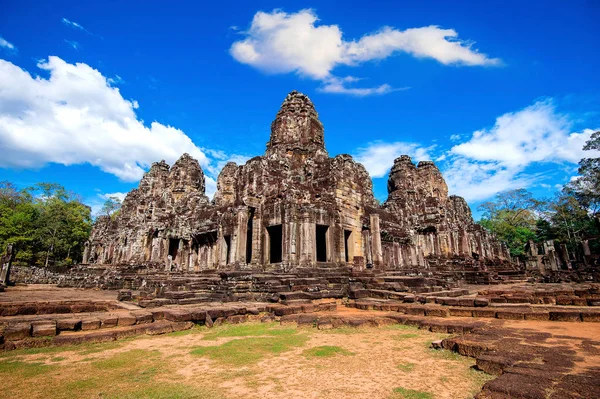
The enigmatic smiling faces of Bayon will haunt your dreams in the best possible way. This 12th-century temple features over 200 giant stone faces carved into its 54 towers, each wearing the same mysterious expression that’s part Buddha, part Mona Lisa.
These faces seem to watch your every move as you wander through the labyrinthine corridors, creating an atmosphere that’s both serene and slightly unsettling.
Beng Mealea
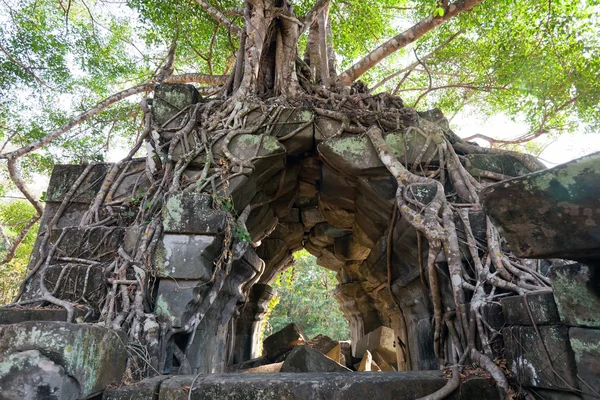
If you want to feel like Indiana Jones discovering a lost temple, Beng Mealea delivers that fantasy better than anywhere else. Located about 40 miles east of Siem Reap, this massive temple complex has been deliberately left in its ruined state, with collapsed towers and passages choked by jungle vegetation.
You can climb over and through the ruins here, scrambling across ancient stones while surrounded by the sounds of the forest.
Ta Keo
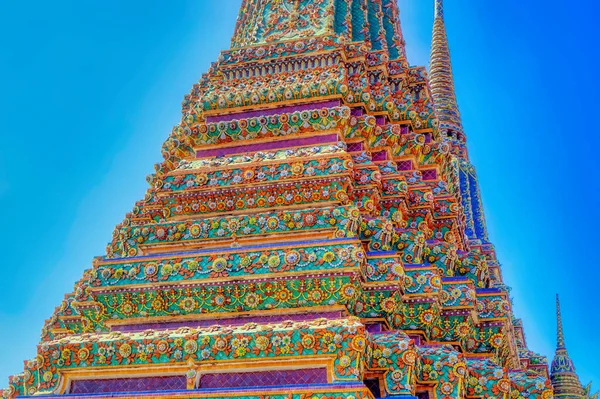
Think of Ta Keo as Angkor’s unfinished masterpiece—a temple that shows what these monuments looked like before the artists added their decorative touches. Built entirely from sandstone in the late 10th century, this five-tower temple rises like a massive stone mountain with steep stairs that’ll give your legs a serious workout.
The lack of elaborate carvings makes its geometric perfection even more impressive.
Like Travel Pug’s content? Follow us on MSN.
Preah Khan
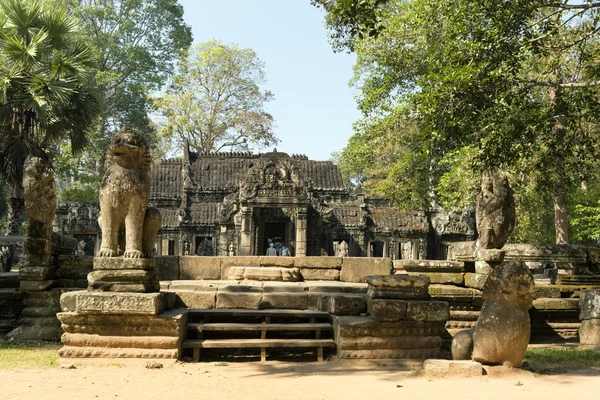
This sprawling temple complex served as both a monastery and a university during the height of the Angkor period, and you can still sense its scholarly atmosphere today. The tree roots here are almost as dramatic as those at Ta Prohm, but Preah Khan offers something extra: a unique two-story building that’s the only one of its kind in all of Angkor.
Walking through its various courtyards and halls feels like exploring an ancient academic campus.
East Mebon
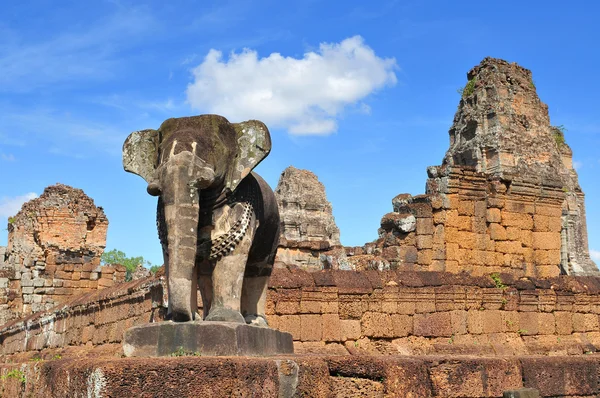
Built on what was once an artificial island in the middle of a massive reservoir, East Mebon now sits surrounded by rice fields instead of water. The temple’s five brick towers are adorned with some of the best-preserved stone elephants at any Angkor site—these carved guardians look so lifelike you almost expect them to trumpet.
The sunset views from the top platform are spectacular.
Pre Rup
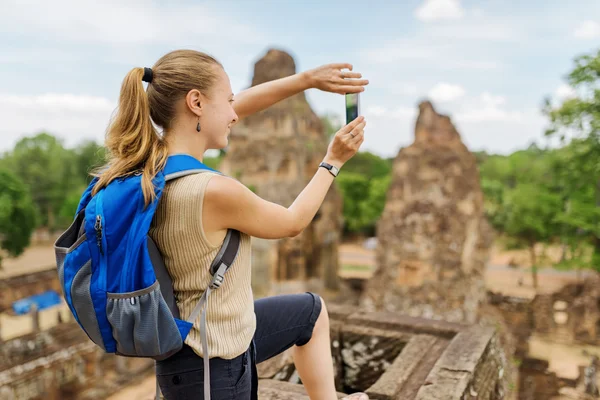
This temple mountain serves up some of the most romantic sunset views in all of Siem Reap, minus the crowds that pack Phnom Bakheng. Built as a state temple in the 10th century, Pre Rup’s red brick towers glow like embers in the late afternoon light.
The name means ‘turn the body,’ referring to its possible use in cremation ceremonies, but these days it’s all about the living coming to watch the sky turn brilliant colors.
Like Travel Pug’s content? Follow us on MSN.
Neak Pean
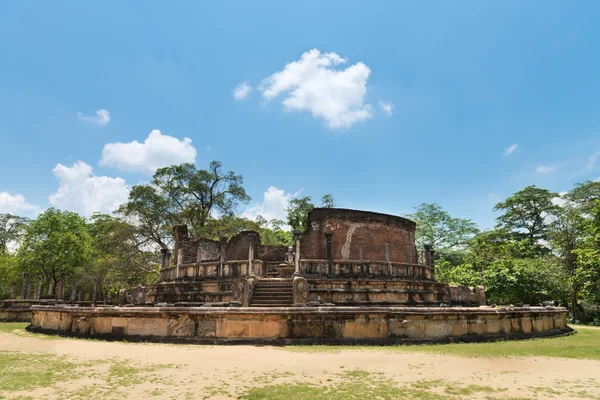
Imagine a temple designed as an ancient healing center, and you’ve got Neak Pean. This unique circular temple sits on an artificial island surrounded by four pools that were once used for therapeutic baths—the ancient Khmer believed these waters could cure illness by balancing the body’s elements.
The central sanctuary is encircled by two stone nagas (serpents), giving the temple its name, which means ‘entwined serpents.’
Ta Som
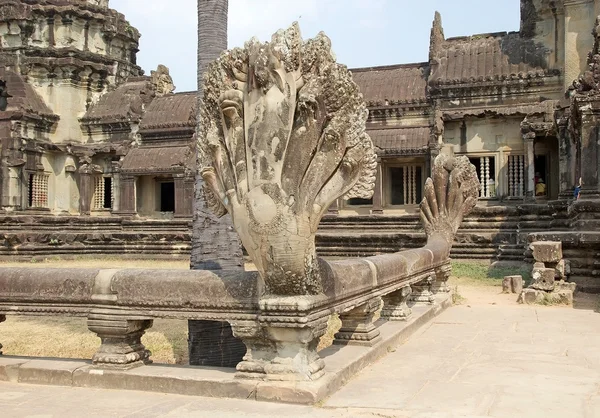
Small but perfectly formed, Ta Som offers all the jungle temple atmosphere of its famous neighbors without the tour bus crowds. Built in the late 12th century, this monastery features some beautifully carved faces on its entrance gates and plenty of tree roots embracing the stone walls.
The east gate, nearly consumed by a massive strangler fig, creates one of the most photogenic doorways in all of Angkor.
Banteay Kdei
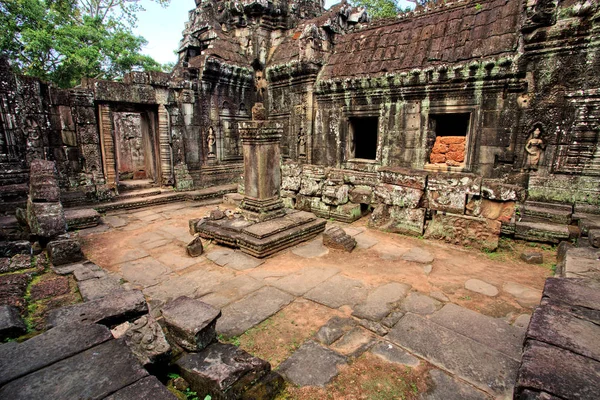
This Buddhist monastery complex gives you a chance to explore a maze of courtyards, halls, and passageways in relative peace. Built during the same period as Ta Prohm, Banteay Kdei shares that temple’s atmospheric blend of architecture and nature, but without the crowds.
The Hall of the Dancing Girls features some particularly beautiful apsara carvings that have weathered the centuries with remarkable grace.
Like Travel Pug’s content? Follow us on MSN.
Phnom Bakheng
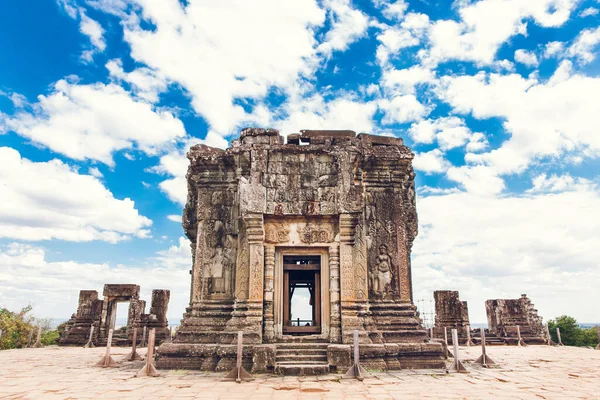
The first temple mountain built at Angkor still offers some of the best panoramic views in the area, stretching across the forest canopy toward Angkor Wat in the distance. The climb up the 60-meter hill requires some effort, but reaching the top feels like standing on the roof of the ancient world.
The temple itself, built in the late 9th century, shows the early development of Khmer architecture before it reached its classical perfection.
Thommanon
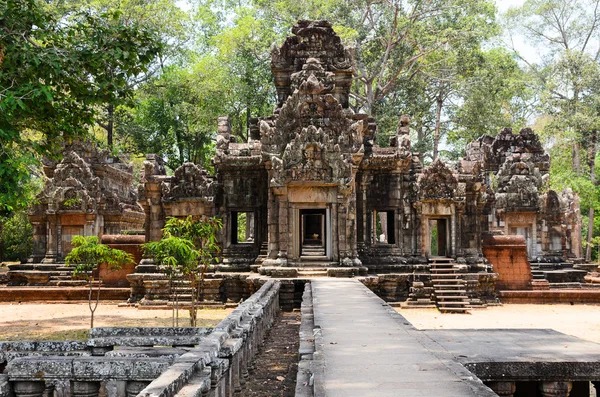
This compact Hindu temple proves that good things come in small packages. Built in the early 12th century, Thommanon features some of the finest stone carving techniques in all of Angkor, with intricate lintels and beautifully proportioned towers.
It’s often visited together with its twin temple across the road, Chau Say Tevoda, making for an interesting comparison of restoration techniques.
Chau Say Tevoda
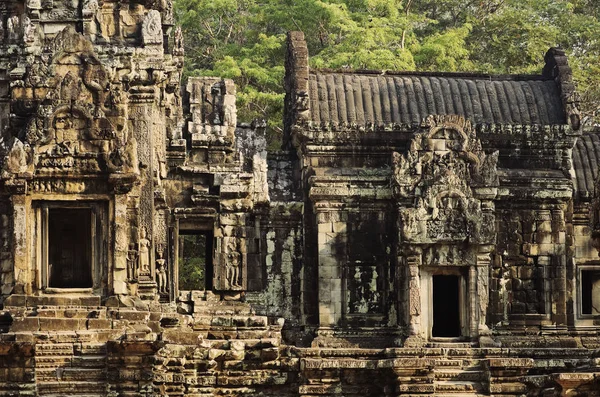
Standing opposite Thommanon, this temple underwent major restoration work that offers fascinating insights into how these monuments originally looked. The reconstruction project, completed with Japanese assistance, returned much of Chau Say Tevoda to its former glory.
Comparing the two temples side by side shows the difference between partial restoration and more extensive reconstruction efforts.
Like Travel Pug’s content? Follow us on MSN.
Prasat Kravan
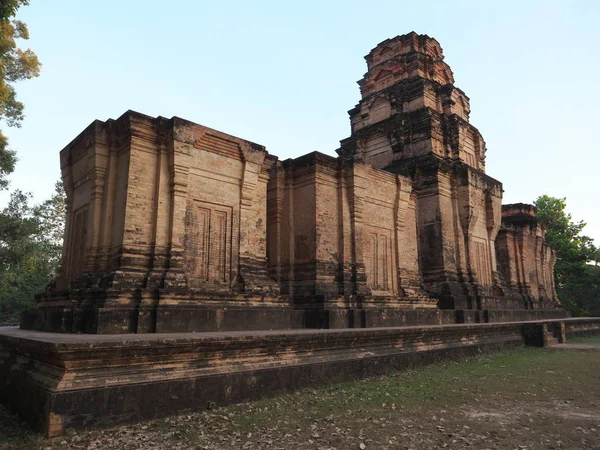
These five brick towers might look simple from the outside, but step inside and you’ll discover some of the most beautiful bas-relief carvings in all of Angkor. The interior walls feature rare brick carvings depicting Hindu deities, particularly stunning eight-armed Vishnu figures that seem to dance across the walls.
Built in the early 10th century, Prasat Kravan represents some of the earliest artistic achievements at Angkor.
Baksei Chamkrong
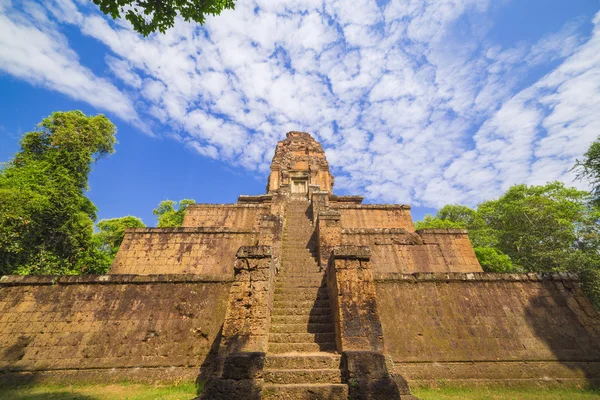
This pyramid-shaped temple rises like a miniature mountain southwest of Angkor Thom, offering intimate views and peaceful exploration. Built in the mid-10th century and dedicated to Shiva, the single tower crowning the pyramid contains some beautiful stone carvings.
The name means ‘bird who shelters under its wings,’ referring to a legend about a large bird that protected the king during a battle.
Banteay Samre
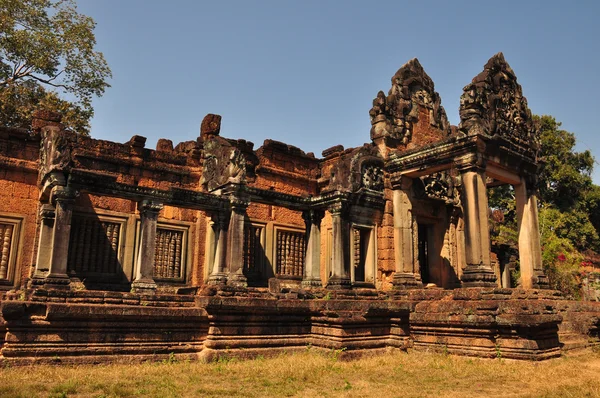
Located away from the main temple circuits, this 12th-century temple complex offers a chance to explore in solitude while admiring some exceptional architectural details. Built in the classic Angkor Wat style, Banteay Samre features beautifully preserved carvings and a unique concentric layout that creates an interesting play of light and shadow throughout the day.
The restoration work here shows these temples at their most complete and polished.
Like Travel Pug’s content? Follow us on MSN.
Preah Palilay
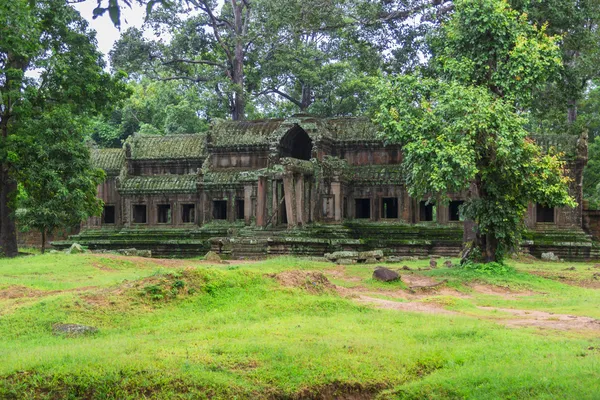
Hidden away in the forest near Angkor Thom, this Buddhist temple offers a mysterious and atmospheric experience that feels worlds away from the main tourist routes. Built in the late 12th century, Preah Palilay features a unique combination of Buddhist and Hindu elements, with a Buddha figure in a seated position that’s unusual for Angkor temples.
The approach through the thick forest adds to its sense of discovery.
Koh Ker
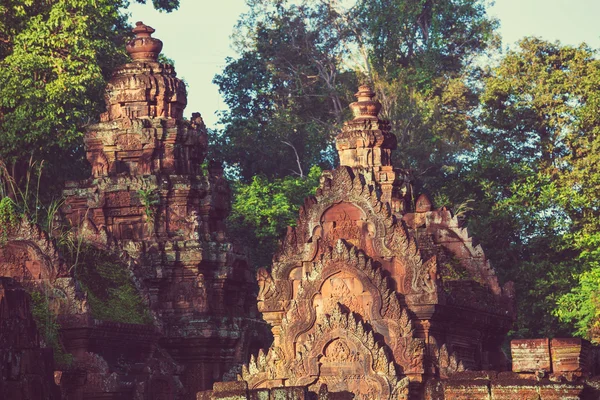
About two and a half hours from Siem Reap, this remote temple complex served as the capital of the Angkor Empire for a brief period in the 10th century. The main temple, Prasat Thom, rises seven tiers high like a Mayan pyramid, while dozens of other temples scattered through the forest create an atmosphere of a lost city.
Visiting Koh Ker feels like stepping back in time to when a thriving civilization surrounded these monuments.
Timeless Stones, Living History
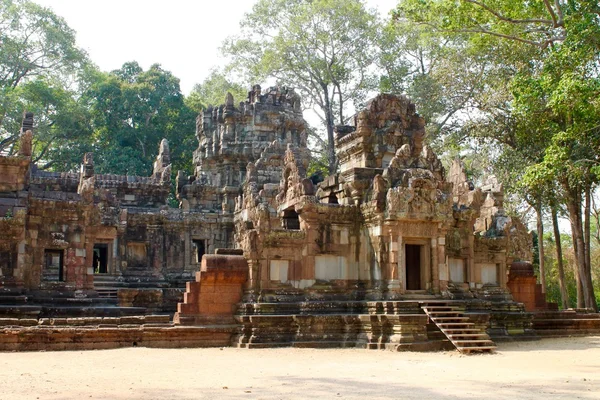
These temples represent far more than just alternatives to Angkor Wat—they’re chapters in one of the most remarkable architectural stories ever written in stone. Each site reflects different periods, religious influences, and artistic traditions that shaped the Khmer Empire over six centuries.
While Angkor Wat perfected the template, these other temples experimented, innovated, and explored different approaches to sacred architecture. Today’s visitors can trace this evolution firsthand, from the delicate artistry of Banteay Srei to the raw power of Koh Ker’s pyramid.
The jungle temples show nature’s patient reclaiming of human achievement, while the restored sites demonstrate the ongoing effort to preserve these monuments for future generations. Together, they create a temple experience that’s both deeply personal and profoundly moving—exactly what the ancient builders intended when they carved these prayers in stone.
Like Travel Pug’s content? Follow us on MSN.
More from Travel Pug

- 20 Best Beach Towns in the Carolinas
- 13 Destinations Where Tourists Regularly Regret Their Trip
- 20 Things You Actually Get in First Class
- 20 Small Airports With Aviation Museums
- 20 Places in the U.S. That Are Perfect for a Reset Trip
Like Travel Pug’s content? Follow us on MSN.
